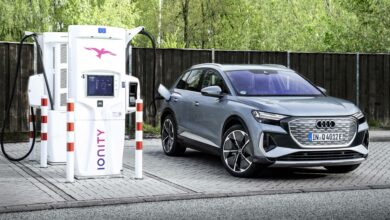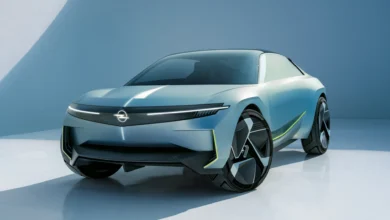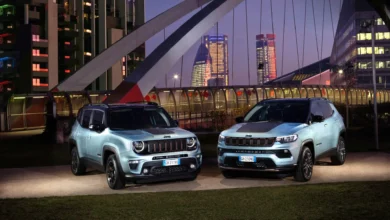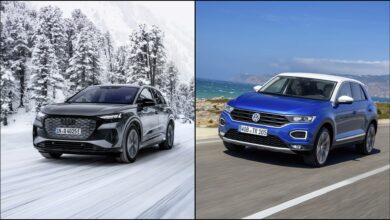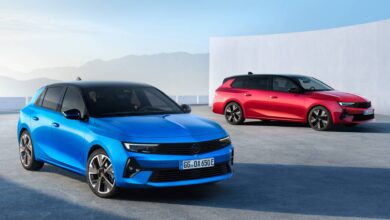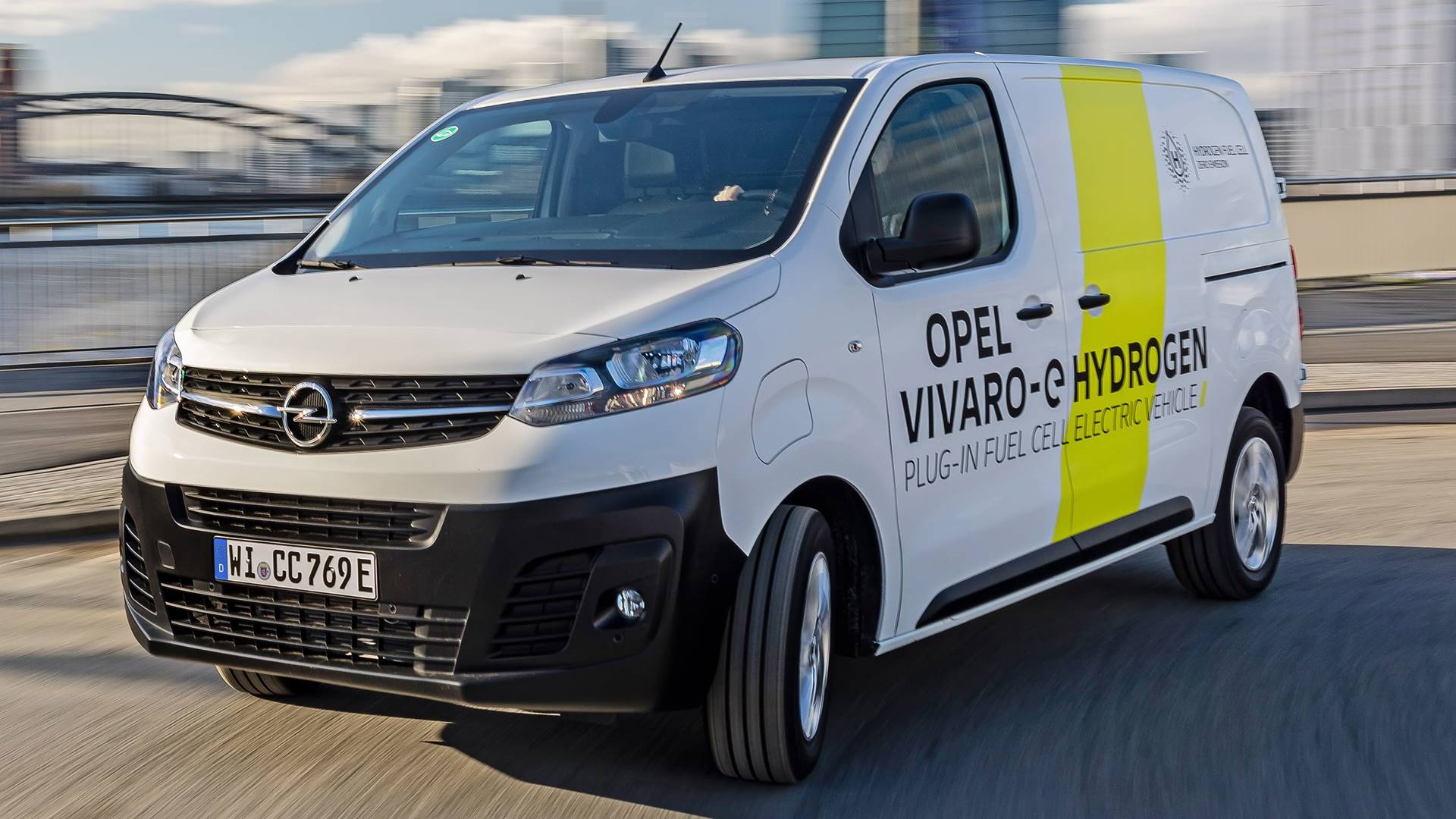
The hydrogen fuel cell version of the Opel Vivaro-e, Stellantis’ eK0 platform-based mid-size electric van, was unveiled last May. The beginning of production was announced in earnest this fall, and it has been, but by the hair. Serial units have started coming out of Russelsheim (Germany) just yesterday.
The first Opel Vivaro-e HYDROGEN unit manufactured goes to home appliance maker Miele, a standard-length (M) Vivaro-e Cargo. He will work every day in the Rhine-Main region, one of the 11 metropolitan areas of the German country. With a full charge of hydrogen, it can travel 400 km according to WLTP approval, and in the event of its tanks running out, the batteries give it 50 km of autonomy and are rechargeable if necessary with a plug.
Under normal conditions, the batteries are powered by a 45 kW fuel cell, which generates plenty of power for highway driving. If more power is needed, the batteries provide what is missing, with a capacity of 10.5 kWh. As we already mentioned, the load capacity of the Vivaro remains unchanged, since all the components are below the load space and in the engine compartment.
Stellantis scores the goal of being the first manufacturer to put commercial hydrogen vehicles to work on the road. In any case, it is not a model that is even advertised on its website, so we can consider that its availability is limited and that Opel will select the first customers for leasing or sale.
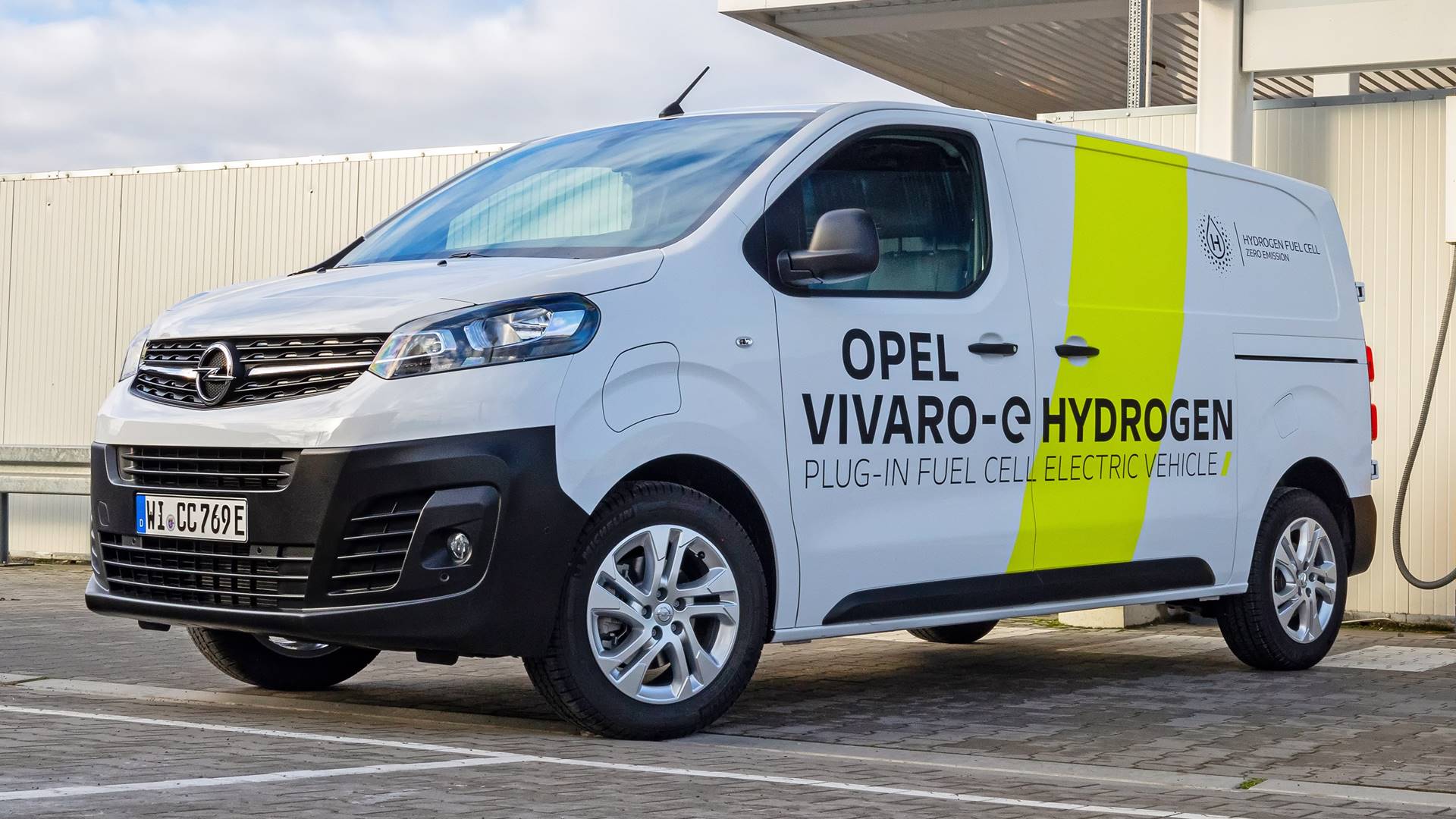
The Citroën and Peugeot brands also have a hydrogen version in the same van
It is not the first time that Opel has hydrogen vehicles, 20 years ago the first HydroGen prototype from General Motors appeared, but it never reached series production, nor did its successors. This time the technology is more mature and Opel Vivaro-e HYDROGEN has 700 bar pressure tanks. If they were filled to 350 bars, the autonomy would be reduced by half. Refueling lasts 3 minutes.
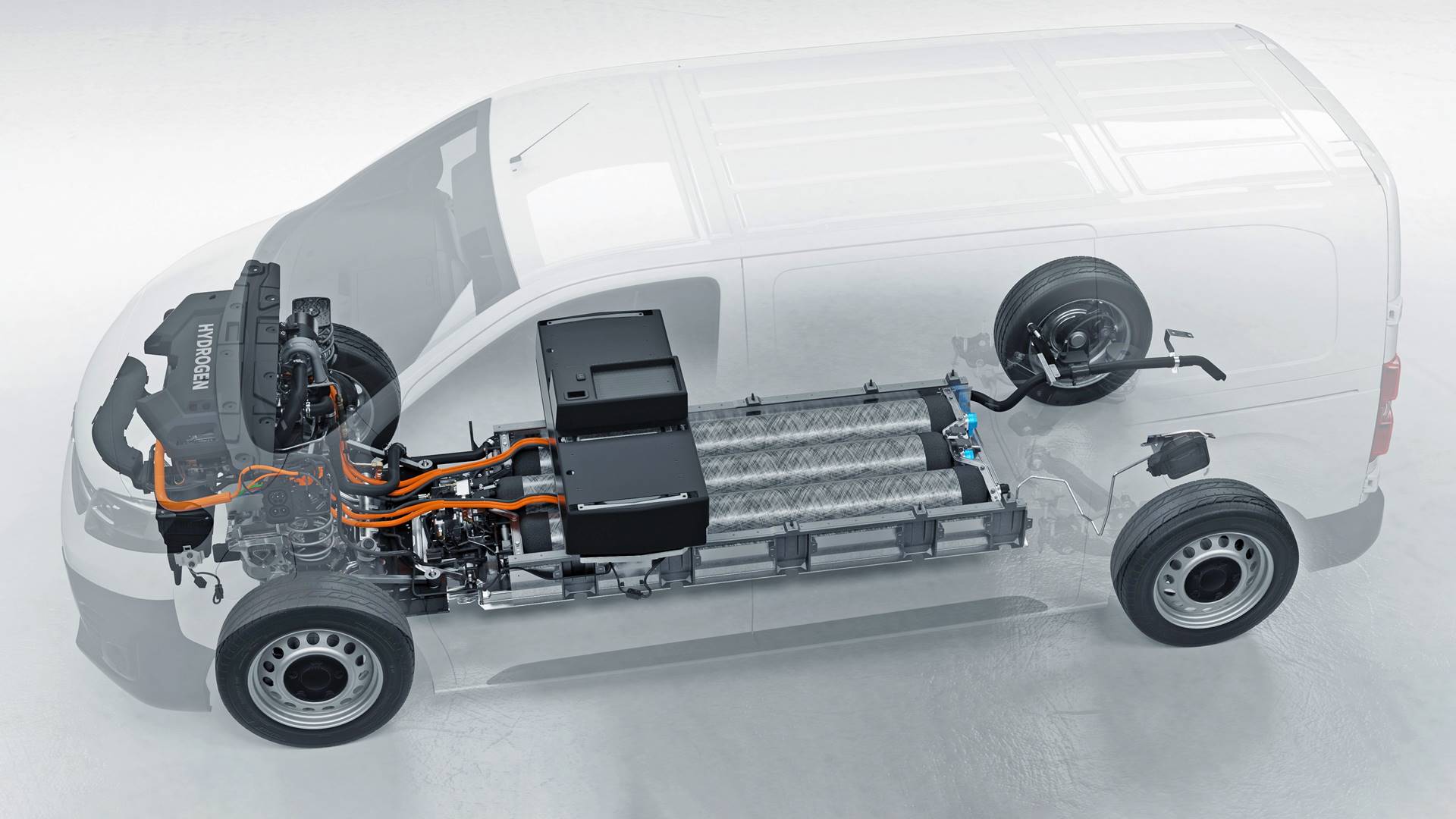
For those not used to fuel cells, tell you that hydrogen stored at high pressure produces electricity and water vapor in the fuel cell. The electricity is stored in the batteries, and from there to an electric motor. The power of the fuel cell is dimensioned below the electric motor, but the batteries can power it “fully”, albeit for a limited time.
Few units will be produced and they will not be a bestseller, but you have to start somewhere. In Spain, the hydrogen infrastructure is practically non-existent, but in Germany, it is something else.
